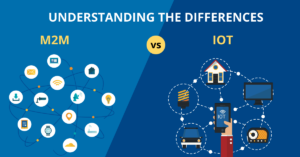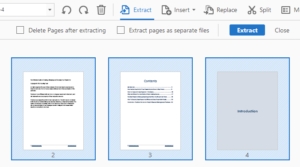When you are dealing with a website it is important to be on top in terms of security and vulnerabilities. OWASP goes by the name of open web application security project that is an online methodology going on to incorporate tools, documentation, articles, in the domain of web application security.
It showcases the list of the top 10 major vulnerabilities and normally it is updated every 3 to 4 years. Now let us understand about OWASP top 10 mobile in details.
Injection
Such a scenario arises when an attacker dishes out invalid data to a web application. Here the intention is to make the application do something that it was not supposed to be doing. Preventing such injection vulnerability depends upon the technology you are planning to be using.
“For example, if you are using word press you can limit vulnerabilities by reducing the amount of plug- INS or installation of themes.”
If there is a customized web application team along with a team of developers ensure that they follow the protocols of security development while writing or designing software.
Broken Authentication
Here an attack resorts to the use of manual or automatic methods, so as to gain control over any account they thrive in a system. It could be worse as they might be looking to gain control over an entire system. A website with broker authentication protocol is a common concept on the web.
To prevent their occurrence make sure that the developers resort to the use of best practices for security control. You can provide them with the access to security audit reports and the code has to be properly tested before you employ them on production platforms.
Sensitive Exposure to Data
It is one of the popular vulnerabilities, as part of the OWASP list. It needs to be incorporated with compromising data whose protection was necessary. For an organization, it is of utmost importance to have a fair understanding of privacy and information of the users.
The onus is on the company to comply with the privacy laws. The concept of sensitive data handling has assumed a lot of importance since the emergence of GDRP. In fact, this is a new form of privacy law that came into operation in May 2018. Even the data that is at transit should be protected in all forms.
External Entities
It is a form of attack against any application incorporating an XML output. In fact, most of the XML parsers are bound to be vulnerable to an XXE attack. The responsibility of a developer is to ensure that the application does not face such vulnerability. There are a series of controls that you can resort to prevent their occurrence.
Access Control at a Broken Level
As per security control, access control points to limits on what pages or sections security may reach. Once again this would depend upon their needs. An example is if you are the owner of an eCommerce store you might be needing access to an admin panel to be adding a new product or rolling out promotion offers.
Then you can allow the rest of the users to be using the log in page. In fact, this is a problem that most CMS face up these days.
Security Misconfigurations
The concept of brute force is resorting to the use of a series of combinations. Numerous variants come into play to enhance the success rate. In modern times CMS could be tricky from a security aspect of an end-user. Most of the common attack types emerge to be automated. Most attacks are known to rely on users to have a default setting.
“There is a possibility to end up with attacks if you don’t follow or change the default settings during the installation process of CMS.”
Cross-site Scripting
XSS is a rampant vulnerability that has an impact on numerous web applications. The concept behind XSS is that it paves way for an attacker to inject content on to the website, and alter their display where the victim’s browser secures the code that is provided by an attacker when they load the page.
It is present in two-thirds of all the applications. It needs the interaction of a particular type of user and if you are not able to dispatch it this poses to be a danger to the site.
Insecure Deserialization
This security risk emerged from a data survey and it has got nothing to do with quantifiable research. The web developer has to take solace from the fact that an attacker is expected to be playing with everything that is going to interact with their application and URL. In the domain of computer science, an object is present in the form of a data structure a route to structure the data.
Lacking Monitoring and Logging
The security of a website is of utmost importance. Yes, you cannot achieve a 100 % security protocol, but there are ways by which you can ensure the security of your website. It also points to the fact that when something happens immediate action can be taken. If you do not have a proper logging and monitoring process in place this tends to complicate the process.
“There is a suggestion that each and every website has to be monitored in a proper way. For any suspicious activity on your website have an audit log ready.”
It works out to be a type of document that goes on to detect any anomalies, and the person who is responsible ensures that comprising of the account has not taken place. It is hard for users to be conducting the audit log regularly.
There could be a host of reasons when you are running outdated software on the web application the fact of the matter is that you can leave it unprotected. For some users performing audit logs manually could turn out to be a difficult task.
Also, Read How To Prevent Credential Stuffing Attack









